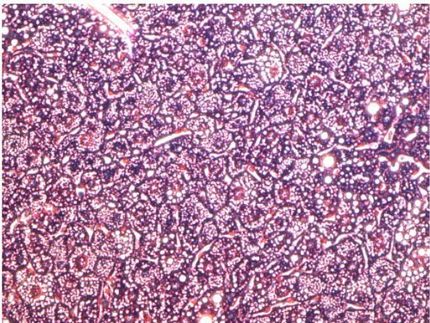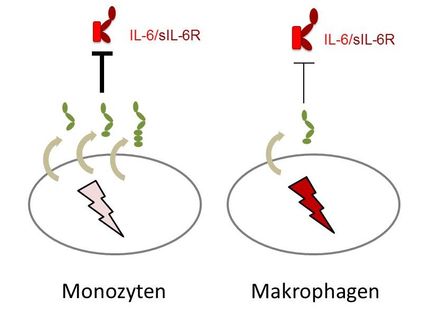Protein central to being male plays key role in wound healing
Advertisement
A molecular receptor pivotal to the action of male hormones such as testosterone also plays a crucial role in the body's ability to heal, report scientists in the Journal of Clinical Investigation. In studies in mice, scientists at the University of Rochester Medical Center found that this receptor – the androgen receptor – delays wound healing. When scientists used an experimental compound to block the receptor, wounds healed much more quickly.
Scientists say that while the results in mice offer new insights into a potential new way to help the body heal faster, they stress that more research must be done before considering whether to explore the treatment in people whose wounds are slow to heal.
"This is a very interesting observation," said Edward Messing, M.D., a urologist and surgeon at the University of Rochester Medical Center who was not involved in the study. "For people at the marginal end of health – the elderly, or people who have impaired healing for other reasons, such as diabetes – maybe blocking the androgen receptor in certain cells could speed up wound healing and help prevent infections."
The work was led by Chawnshang Chang, Ph.D., director of the George Whipple Laboratory for Cancer Research. The first author is former graduate student Jiann-Jyh Lai, Ph.D., who is now a researcher at the University of Massachusetts.
The work thrusts a sex hormone front and center into one of the most important and pervasive processes of the body. Inflammation is crucial for allowing the body to heal from wounds and to fight off invaders. But when our inflammatory response goes beyond what's necessary, or if it occurs in the wrong time or place, it hurts our health and can be deadly. By identifying the androgen receptor as a key player in at least one form of inflammation, the work opens a new window for scientists investigating differences between the genders when it comes to autoimmune or inflammatory diseases.
"Many inflammatory diseases, such as atherosclerosis and asthma, manifest themselves differently in the genders, indicating that sexual hormones could be involved. We've found that the androgen receptor plays a role regulating the inflammatory response in wound healing. It will be very interesting to see if the receptor plays a similar role in other diseases," said Lai.
To block the receptor and speed healing, the team used ASC-J9, a synthetic chemical compound loosely based on a compound found in curry that can shut down the receptor selectively. ASC-J9 is being tested in Phase II trials as a treatment for severe acne by San Diego-based AndroScience Corp., a biotech company founded by Chang and colleagues. Both Chang and the University of Rochester own a stake in the company, which has licensed several of Chang's research findings.
Chang's current study delves in a detailed way into the molecular underpinnings of wound healing. When the body is injured, myriad cells rush to the scene, a bit like emergency responders hustling to a disaster. Some cells issue cries for help by sending out certain chemical messengers; other cells act as dispatchers to recruit more responders to the scene. It can seem like a great deal of chaos zeroed in on a small patch of skin. Usually, the body gets the job done, drawing upon dozens of molecular actors to heal the wound efficiently and quickly; sometimes, though, the inflammation can be detrimental.



















































